Visit our partners, New Scale Robotics in Booth 6602 at Automate next week (May 22-25) to see how thread gaging can become part of your automated inspection process! See the floorplan here.Read More
Category: News
Thread Gaging With Robots
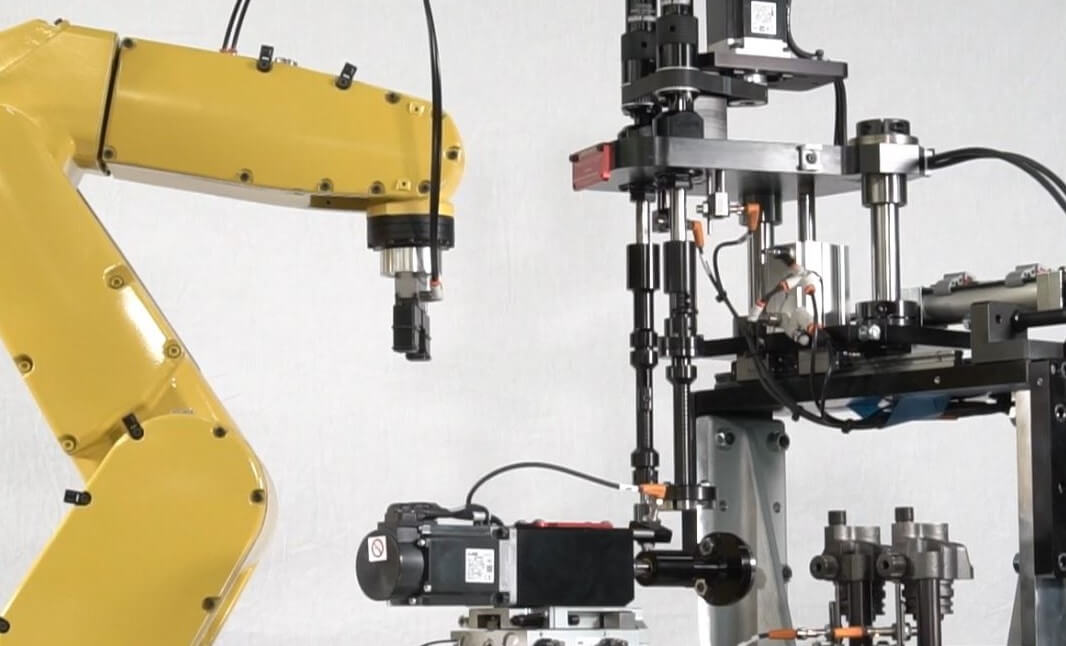
Are you already using one or more robots for material handling but still gaging threads by hand? In the past, manufacturers relied solely on human operators to load and unload material and perform part inspections. However, the use of robots has improved production efficiency and reduced the risk of workplace injuries. This technology has allowed…Read More
Single Pass GO/NO GO Thread Gaging
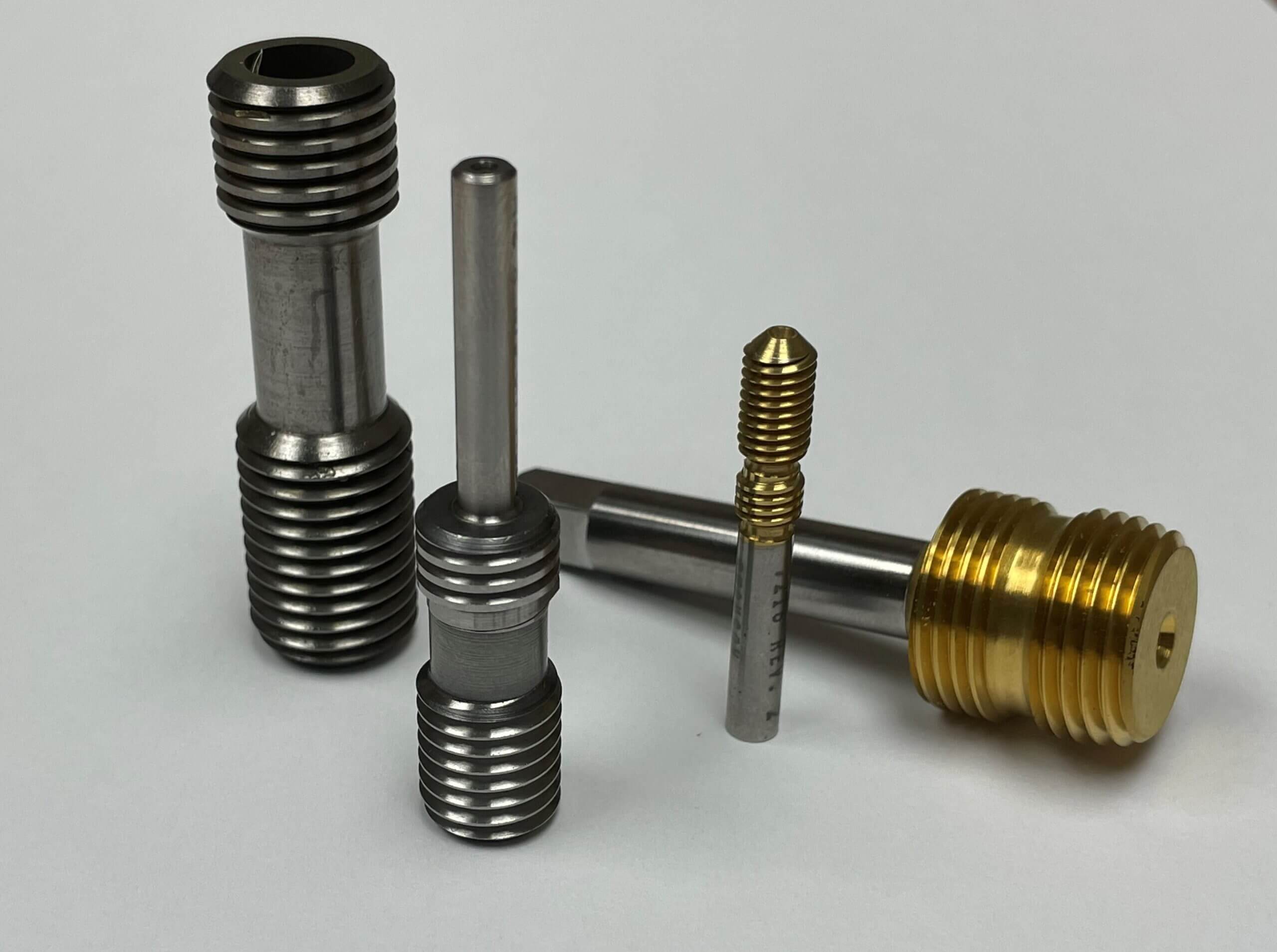
Many manufacturers are required to both “GO” and “NO GO” gage threaded features in their parts, but why use two gages when you could use one? In traditional thread gaging, separate “GO” and “NO GO” thread plugs are used to ensure that a thread’s pitch is neither undersize or oversize. New Vista’s combination “GO/NO GO”…Read More
Tool Compliance in Powered Thread Gaging
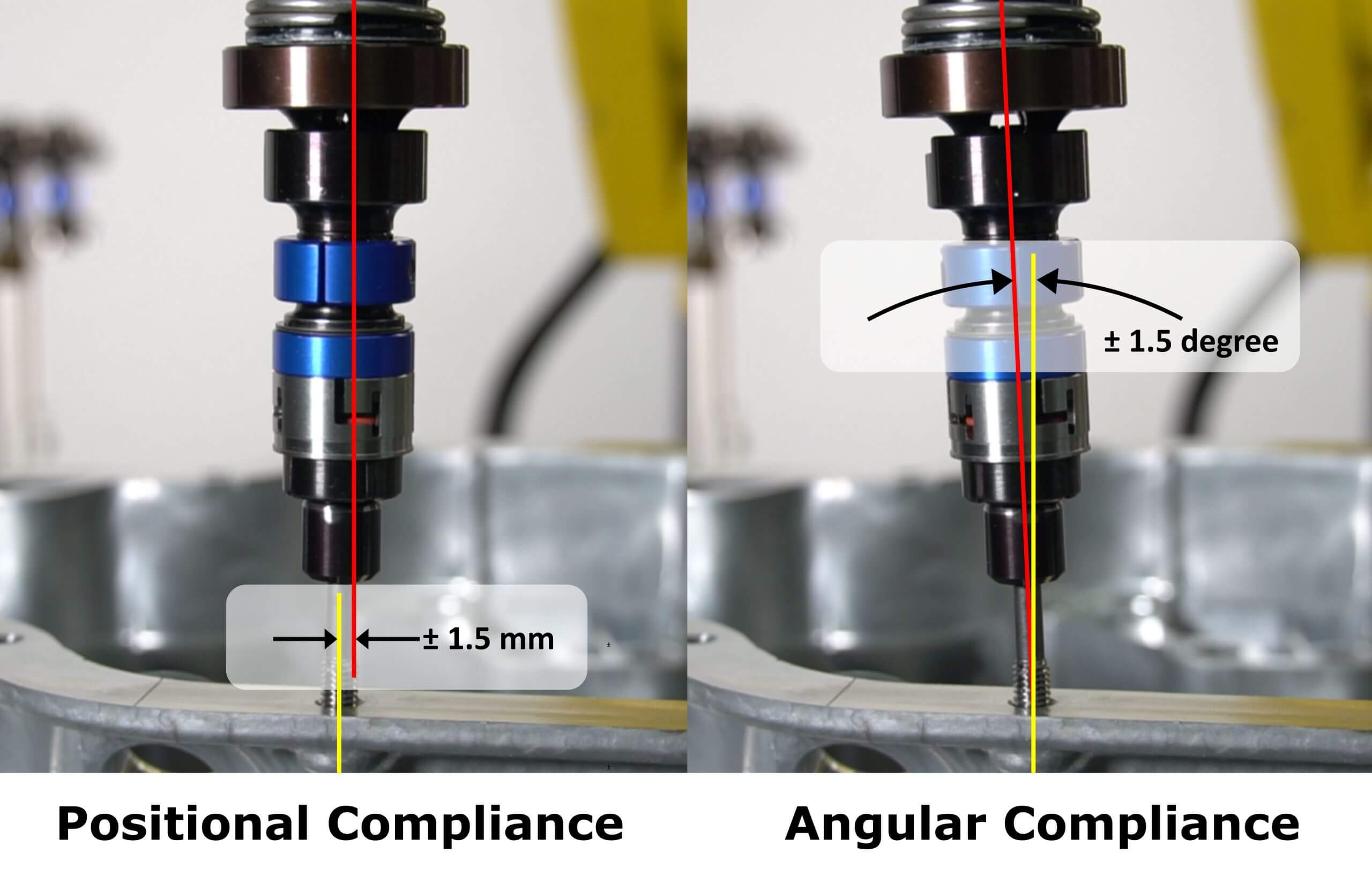
Misalignment is a fact of life in powered thread gaging and thread cleanout. You can’t avoid it. So how do you prevent, in real life, having the thread gage member jam in a good thread because of misalignment issues? New Vista’s patented torque control mechanism prevents damage even when misalignment is a factor, but for…Read More
Thread Quality Control Series: Thread Remediation
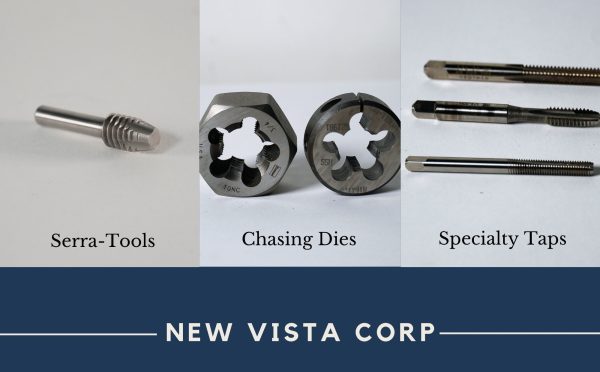
The purpose of thread quality control is to ensure that two mating parts will assemble correctly. This assembly can be impeded by missing threads, incorrect thread sizes, or all too often, obstructions in the thread (such as weld spatter or broken tools). In most cases, confirmation of the thread quality can be assured by the…Read More
Powered Thread Gaging: At Your Fingertips
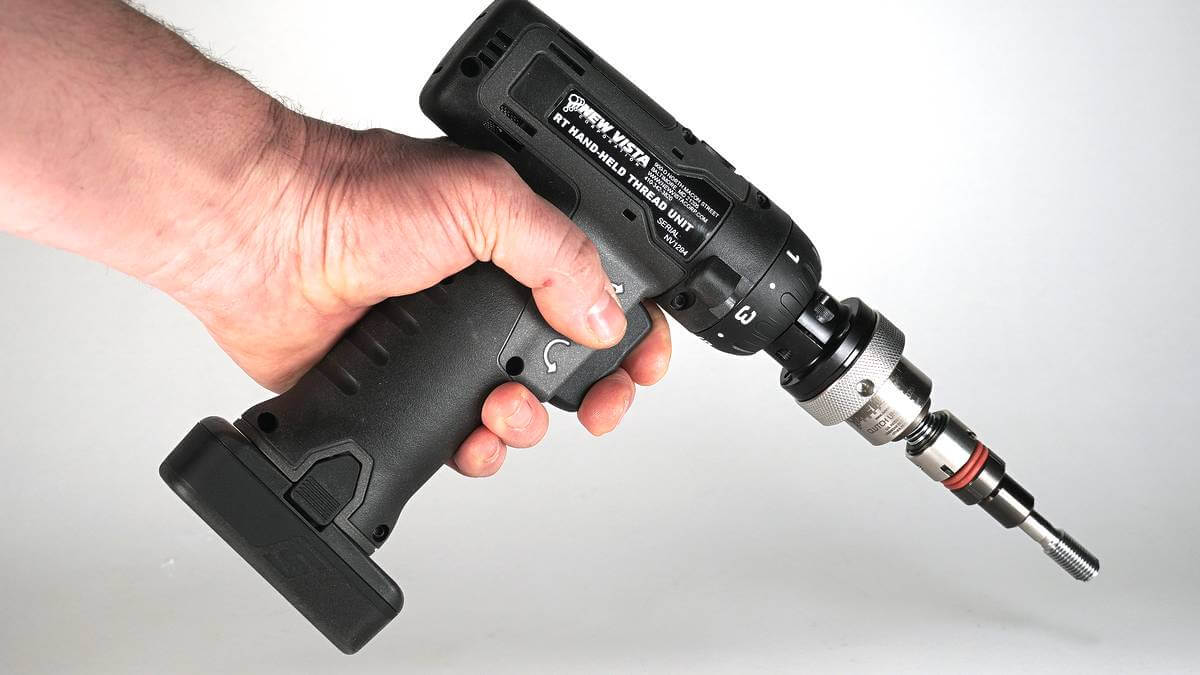
The trend to replace hand gaging with powered thread verification is a prime example of technology making manufacturing safer & more efficient. Gaging threaded features has traditionally been done by hand, however, this is often tedious and allows room for operator error or injury. That’s where the New Vista Handheld RT Thread Unit comes in.…Read More
Thread Quality Control Series: Pipe Threads

Pipe threads are manufactured in many forms, but the most common types are straight and tapered threads. Straight pipe threads are gaged with the “GO” & “NO GO” process like regular threads, but tapered pipe threads require an entirely different gaging method: A series of one to three “L” checks. In this video, we’ll cover…Read More
Contact vs Non-Contact Thread Gaging
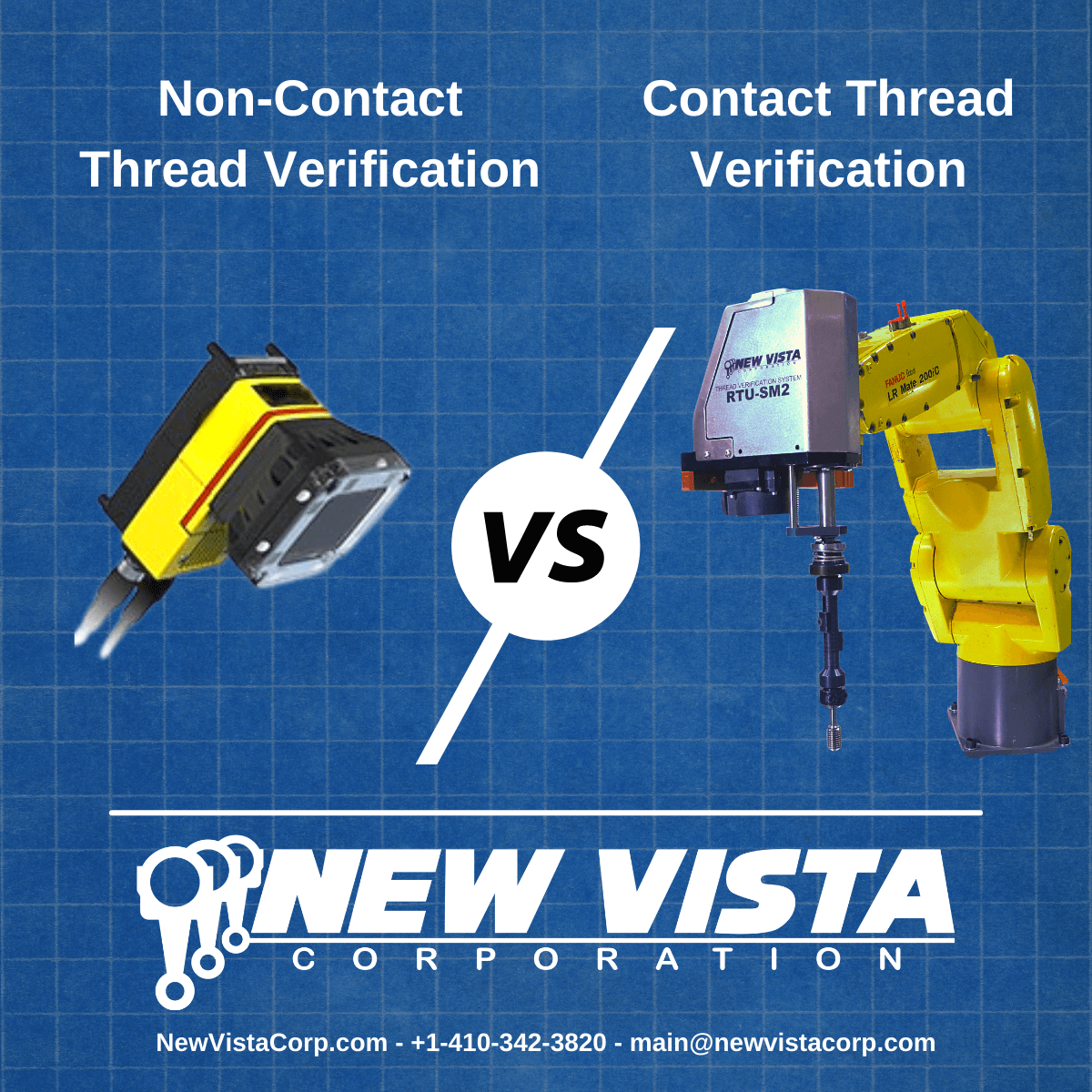
What is the best way to guarantee that a glove fits? You could measure every feature of the glove, but you will only be confident in the fit when you try it on. The same considerations must be made when choosing between contact and non-contact thread verification methods. In the example above, contact gaging is…Read More
Thread Quality Control Series: Powered Gaging of Tapered Pipe Threads

Pipe threads are manufactured in many forms, but the most common types are straight and tapered threads. Straight pipe threads are gaged with the “GO” & “NO GO” process like regular threads, but tapered pipe threads require an entirely different gaging method: A series of L checks. The 3 main types of L checks are…Read More
Hand Gaging of NPT (American Pipe) Threads
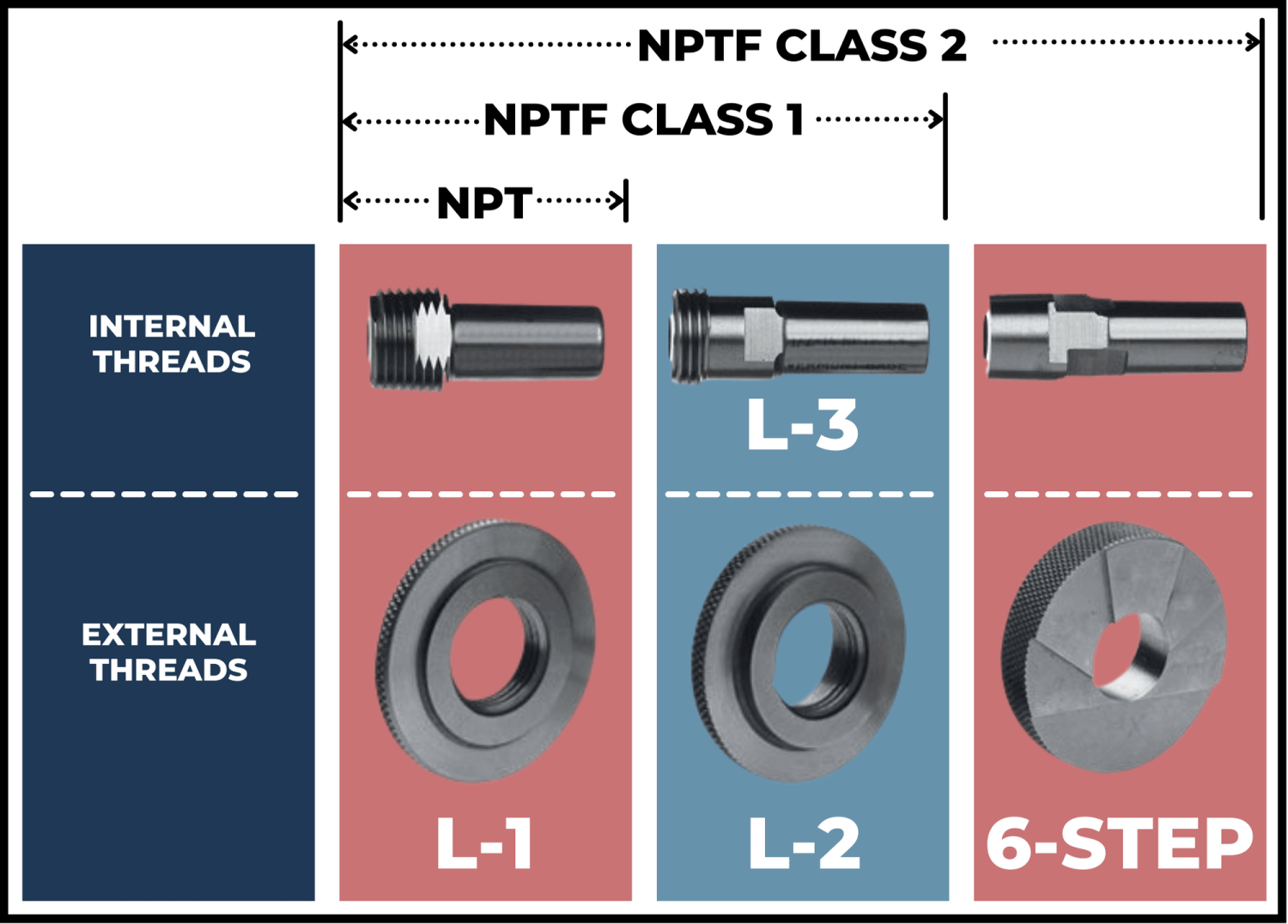
There are two kinds of American pipe thread, NPT and NPTF. Both of these are tapered threads, but when screwed together tightly, the NPT, and NPTF Class 1, leaves voids at the root and crest of the threads, which, to prevent spiral leakage, need to be filled with a sealing compound at assembly. The NPTF…Read More
